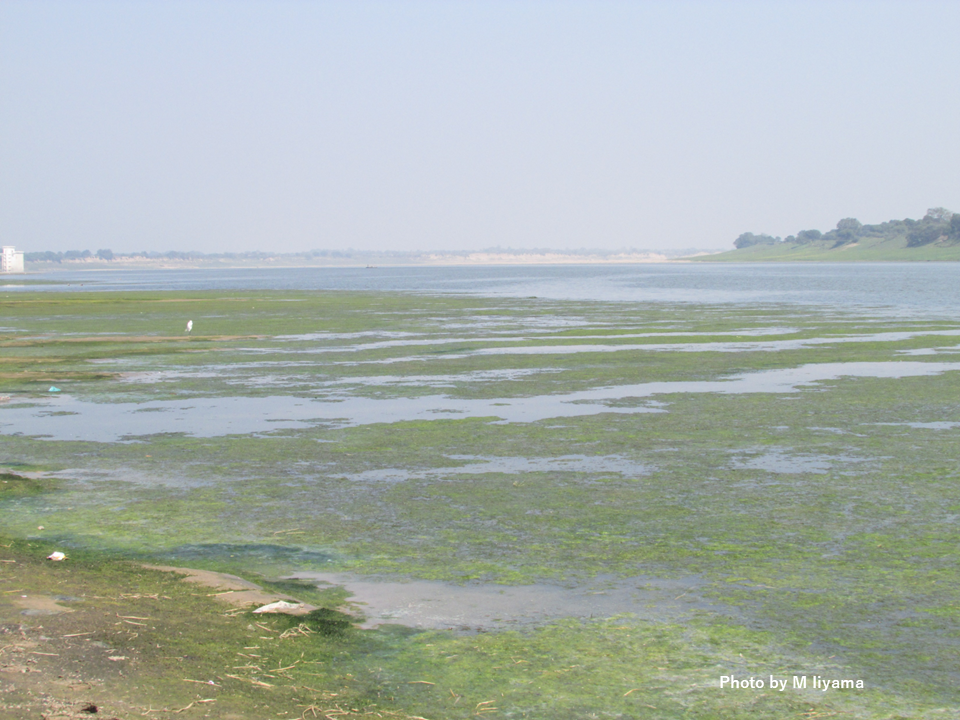Pick Up
760. Effectively Preventing Nitrogen Pollution on Croplands Around the World

760. Effectively Preventing Nitrogen Pollution on Croplands Around the World
Crop production needs nutrients. Nitrogen, which is stable in the atmosphere and circulates in nature, is particularly essential for plant growth, and the invention of an efficient process to produce ammonia in the early 20th century led to increased use of nitrogen fertilizers, which has led to dramatic increases in food production and population growth. On the other hand, excessive use of chemical fertilizers on farmland disturbs the balance of the nitrogen cycle in nature, and nitrogen that cannot be fully absorbed by crops is converted into nitrate ions, which pollute groundwater and rivers, and nitrous oxide, a greenhouse gas that causes global warming. There is an urgent need to reduce nitrogen pollution, but the millions of small and large agricultural plots scattered around the world present a significant challenge.
A paper published earlier this year in Nature reviewed reports from 1,521 croplands worldwide over the past 20 years and found that nitrogen runoff from croplands to air and water could be reduced by 30-70% while increasing crop yields by 10-30% and improving nitrogen use efficiency by 10-80%. The authors found 11 measures that could reduce nitrogen runoff from cropland to air and water by 30-70%, while increasing crop yields by 10-30% and improving nitrogen use efficiency by 10-80%.
The authors categorized these 11 measures into three tiers.
Tier 1: N addition approaches
- EEF: enhanced efficiency fertilizers
- Soil amendment
- Legume
- Buffer Zone
Tier 2: 4R nutrient stewardship
- Right rate: Optimization of fertilizer application rate according to crop needs
- Right type: Shift from urea to ammonium sulfate/nitrate + lime
- Right time: Split timing of fertilizer application according to crop needs
- Right placement: Depth adjustment of nitrogen fertilizer application
Tier 3: New cultivars, optimal irrigation and tillage
- Adoption of improved cultivars
- Drip fertigation or supplying mineral fertilizer via drip system
- No-tillage farming
The paper shows that the international community can apply these measures not only to reap food supply and health benefits, but also to reduce mitigation costs through reduced use of chemical fertilizers. The authors proposed the implementation of innovative policies to encourage the avoidance of nitrogen pollution from agricultural lands, such as a nitrogen credit system to provide incentives for the adoption of measures and subsidies where necessary.
Reference
Baojing Gu et al, Cost-effective mitigation of nitrogen pollution from global croplands, Nature (2023). https://www.nature.com/articles/s41586-022-05481-8
Contributor: IIYAMA Miyuki (Information Program)
